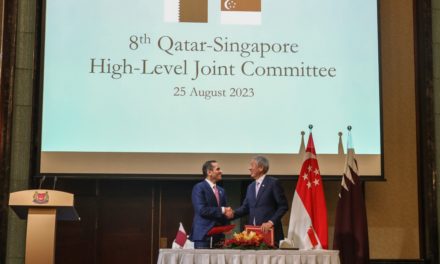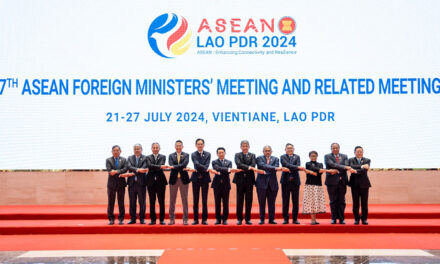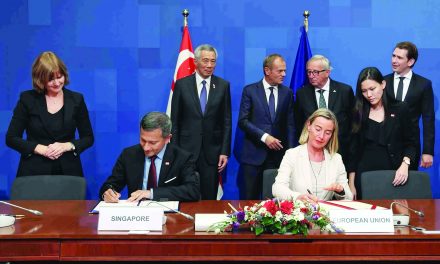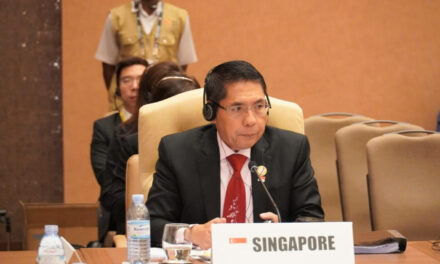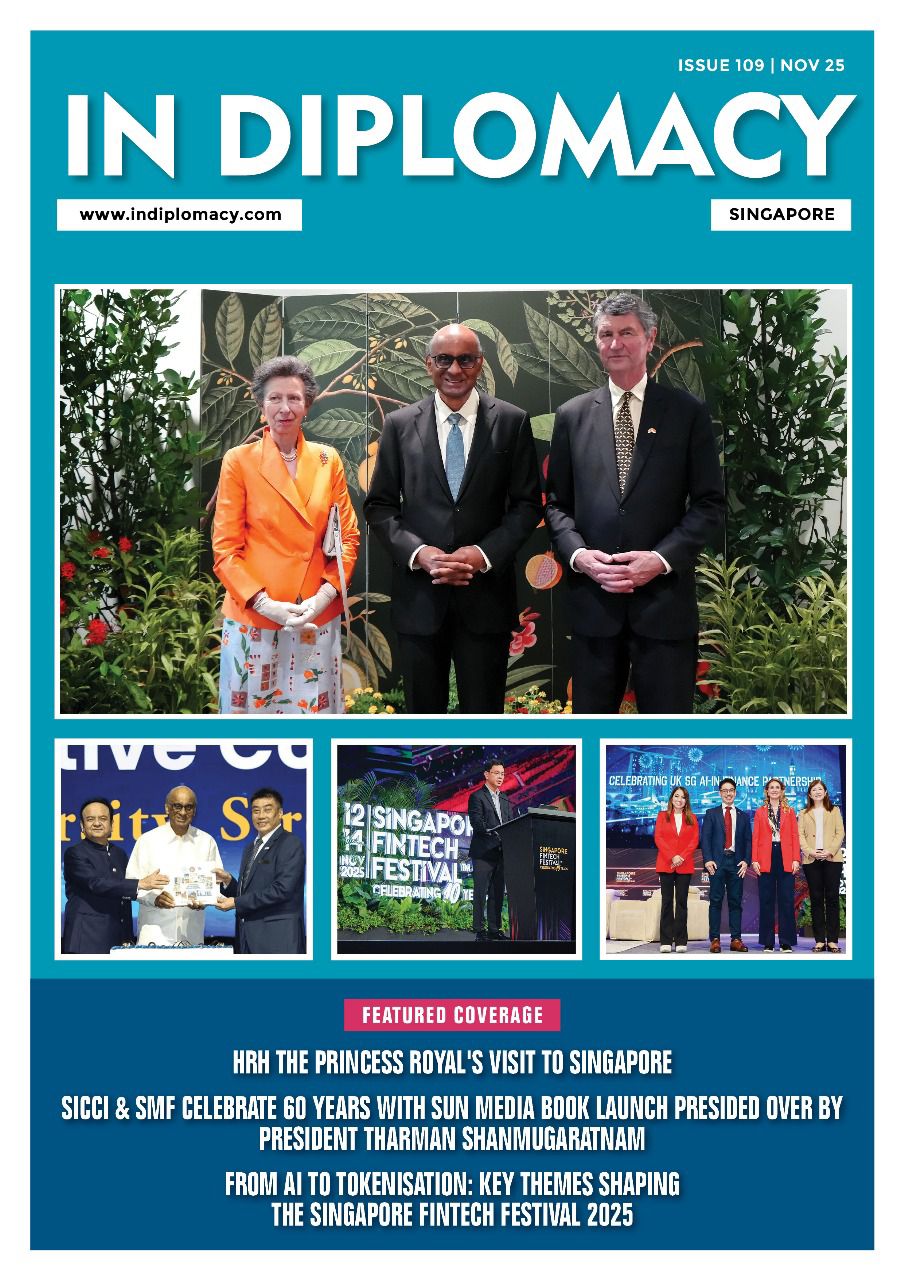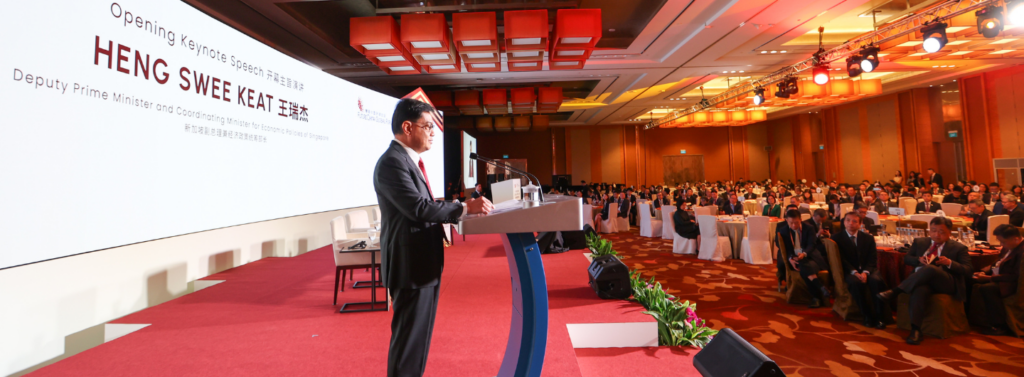
The Evolution of Globalization: Lessons from the Past, Paths for the Future, Reflecting on the impact of globalization since WTO’s inception in 1995 and outlining key lessons for future economic cooperation.
Since the establishment of the World Trade Organization (WTO) in 1995, globalization has been a driving force in shaping the world economy. This multilateral framework laid the foundation for international trade and investment, fostering deeper global economic cooperation. Over the span of 1995 to 2022, global merchandise exports surged nearly fivefold, from approximately US$5 trillion to over US$25 trillion. Simultaneously, global GDP witnessed a remarkable growth of more than 3.2 times, soaring from US$31 trillion to over US$100 trillion. This era of globalization also saw global GDP per capita more than double, demonstrating its impact in elevating living standards worldwide.
However, the benefits of globalization come hand in hand with challenges. While free trade opens up opportunities, it can also lead to industry and job disruptions, particularly affecting specific segments of the workforce. Calls for protectionist policies often resonate with those directly impacted by these shifts. Balancing short-term remedies with long-term structural reforms and workforce upskilling becomes crucial in this dynamic landscape.
The lessons drawn from this period of globalization emphasize three critical areas for future economic cooperation. Firstly, prioritizing long-term interests over immediate gains and political considerations is imperative, especially for major global powers. Establishing mutual understanding and focusing on common strategic priorities can help navigate through immediate frictions, as exemplified by Singapore’s founding leader, Mr. Lee Kuan Yew.
Secondly, recognizing that addressing future challenges and seizing opportunities requires collective action and collaboration across borders. Breakthroughs in technology, including digitalization and artificial intelligence, necessitate global cooperation on norms and safeguards. Similarly, tackling climate change and driving a successful energy transition demands concerted efforts across borders and sectors.
Lastly, alongside continued economic integration, implementing structural reforms is essential for enhancing citizens’ quality of life. ASEAN and Asia’s intensified regional integration efforts have positioned the region as a significant growth center. Prioritizing shifts towards a green and digital economy can unlock substantial economic potential.
In conclusion, achieving peace, stability, and strong bilateral relations, particularly between the US and China, is fundamental for sustained global growth. Business leaders are encouraged to leverage trade agreements and understand the evolving economic landscape. Adapting to changes driven by globalization and technological advances is crucial for all economies, including China. By embracing these lessons, nations can forge a path towards inclusive, sustainable, and prosperous economic cooperation.

